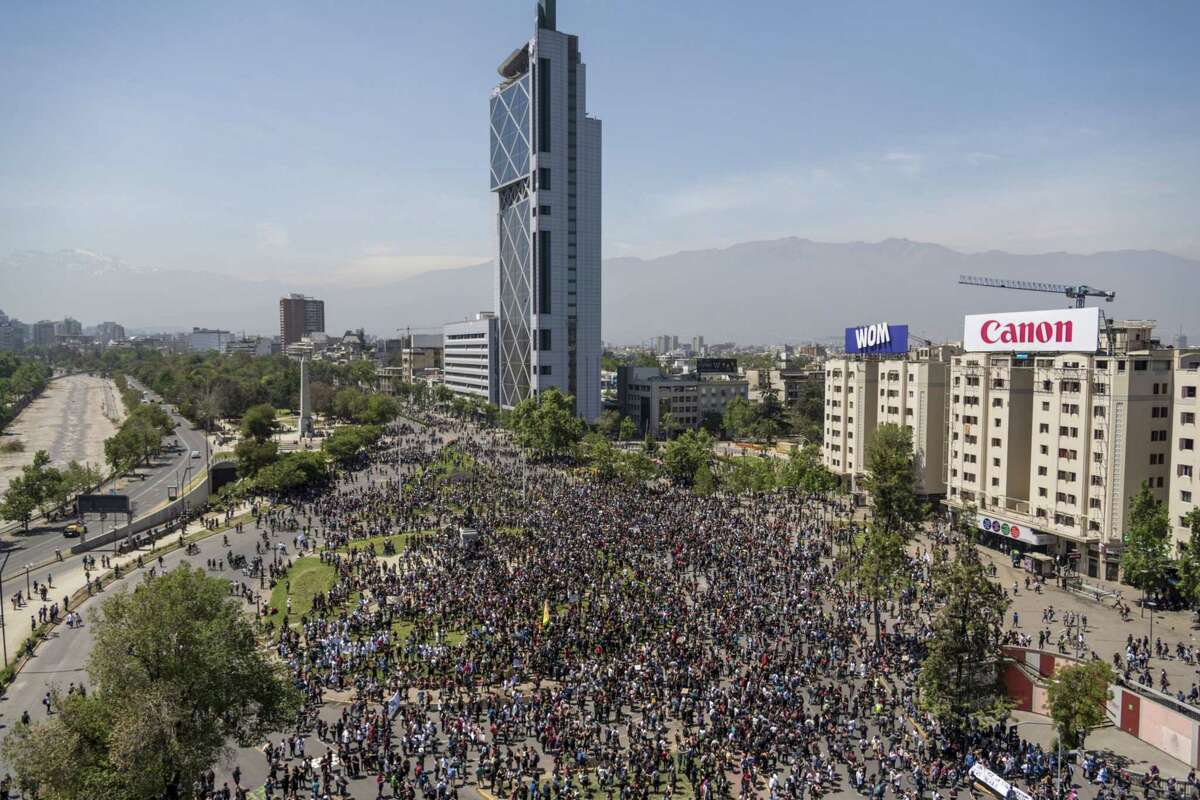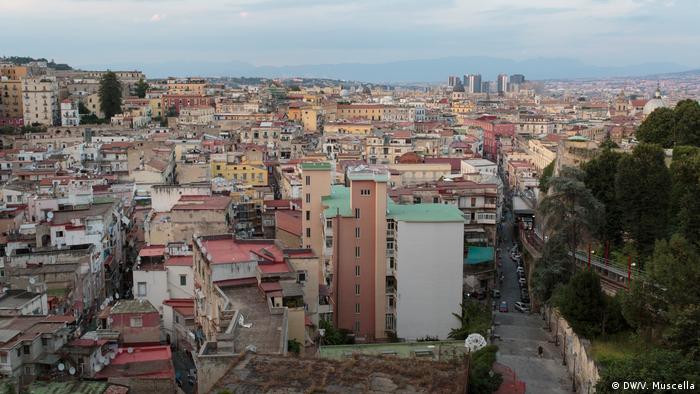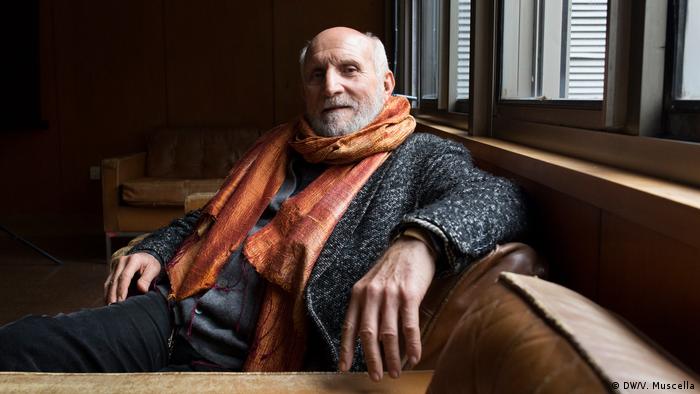
World-class magician Michael Grandinetti chatted with Digital Journal about his plans for 2020 and about being a magician in the digital age.
By Markos Papadatos
He shared that he is really excited about what is ahead for 2020. "We are starting off with an eight-city tour, across the U.S. and Canada, which will run from February to the end of April, with more dates being added through the summer and into fall. We will be performing at casinos, theaters, with symphony orchestras, and for special events, and I can't wait for everyone to see some of the new magic and illusions we've been working on."
Grandinetti revealed his current tour schedule: Edmonton, Canada (February 14 to 16), Stockton, CA (February 23), Knoxville, TN (March 7), Hershey, PA (March 21), Detroit, MI (March 27 to 29), Saratoga Springs, NY (April 9), Nova Scotia, Canada (April 17 to 19), Uncasville, CT (April 24).
When asked about his New Year's resolutions, he said, "Every year, I try to take my magic to new places and to develop several new illusions for our show, and my aim is to always make each year better than the last. So, as this year starts, that’s definitely my driving force. I am always in pretty strong competition with myself. There are so many things that I want to do with my magic in the coming months, including additional touring and some new TV projects, and I always look forward to the possibilities that a new year represents."
Grandinetti appeared in Street Magic on PopStar. "I had such a great time filming that illusion for the show. We taped it right in the center of Hollywood Blvd, on the Walk of Fame, and I loved watching the expressions on people's faces as they stopped to watch the magic."
"Every time I perform a piece of magic for TV, I always try to give the home viewer an experience like they were there, watching live," he said. "So, we design the magic so that the camera can move all around us while we perform. That night, we had the audience watching from 360 degrees also and there were even people looking down at us, out of the windows of the buildings on the street. It was definitely a unique experience! I love that our TV appearances allow us to share our magic with so many people, all over the world."
On his career-defining moments, he said, "I've been fortunate to have had a pretty wide range of performing experiences over the years, from taking my magic to the center of stadiums for NFL halftime shows, to performing with live symphony orchestras, to levitating a girl over a float in the National Independence Day Parade in Washington DC, to performing at The White House for Easter."
"I always try to use every show as a learning experience, to continue growing and to find new ways to connect with audiences," he said. "If I had to pick one moment, I’d probably have to say my first national TV appearance, on NBC's 'The World's Most Dangerous Magic' TV special, when I was 21, had a great impact. On the show, I performed an original illusion that I designed, where I was chained to a steel frame, 6ft above the ground, between two walls of razor-sharp metal spikes that were set to spring towards me at 50 mph if I didn't escape in time. To make things even more dangerous, they lit the spikes on fire, and covered me in gasoline. It was quite a challenge, and definitely one I won't forget. That was the moment I fell in love with combining magic and television and it inspired and encouraged me to think big."
Grandinetti noted that it's a "very exciting time for magic" in the digital age. "Years ago, the only way someone could see magic would be if a rare touring show came to town, or if a magician happened to be performing at an event, or maybe if there was a bit of magic on TV."
He continued, "Now, more than ever, there are so many ways for audiences to be able to see magic and I love the fact that, through TV or all of the online avenues, and all of the ways content can be watched, I can create something that might give people a sense of amazement on the other side of the world. I've received some great notes, over the years, from people in Italy, Germany, Japan, and from all over, who have had a chance to see some of my work. And the perfect thing about magic is that it really is universal. Even without understanding the language, you can still watch and be amazed."
For young and aspiring magicians, he said, "One of the most important things to do is to read and study magic, as much as possible. I recommend reading, instead of watching other magicians on YouTube, for example, is that reading allows you to learn the magic and to put your own style and personality into it, rather than emulating the performer you might see on video."
"Another important thing is to go out and perform as much as possible, for family, for friends, and for anyone that you can," he said. "This will really help you to get comfortable. The more comfortable you become, the more you’ll enjoy performing and the more at ease you’ll be with your magic. Also, whether you want to be a magician or to follow any other career path, set goals for yourself. When I was just starting out as a kid, my goal was to always be a bit beyond what someone my age might be doing. That kept me constantly pushing forward with a purpose. To this day, I still set goals and it becomes a fun challenge to go after them. If you want to be a magician, or anything else, go for it."
On the title of the current chapter of his life, he said, "Always Working." "I think that about covers it," he said. "I love what I do and almost all of my time is spent either on the road, traveling and performing, or, when I’m not on the road, I’m always working on new magic and illusions, new show ideas, and new places to take my magic. I love being busy and I just wish there were more hours in the day, the time always goes by too fast."
For his supporters, he concluded, "To anyone that supports and enjoys what I do, I just want to say a very big thank you. I've been so fortunate to have had people really support my work over so many years and I'll always be extremely grateful for that. Nothing makes all the traveling and work more worth it than seeing an audience happy and I wake up every day excited to keep going. There's a lot more magic ahead."
To learn more about magician Michael Grandinetti, check out his official website.
---30---











